NIL
Where Kentucky players place in D1Baseball’s Week 12 Rankings
With just two weeks remaining in the 2025 regular reason, four Kentucky players were named in D1Baseball’s Week 12 Player Rankings. Firstly, freshman shortstop Tyler Bell was ranked the highest at his position. In his first season of college baseball in the nation’s premier conference, Bell was ranked as the 17th best overall shortstop and […]
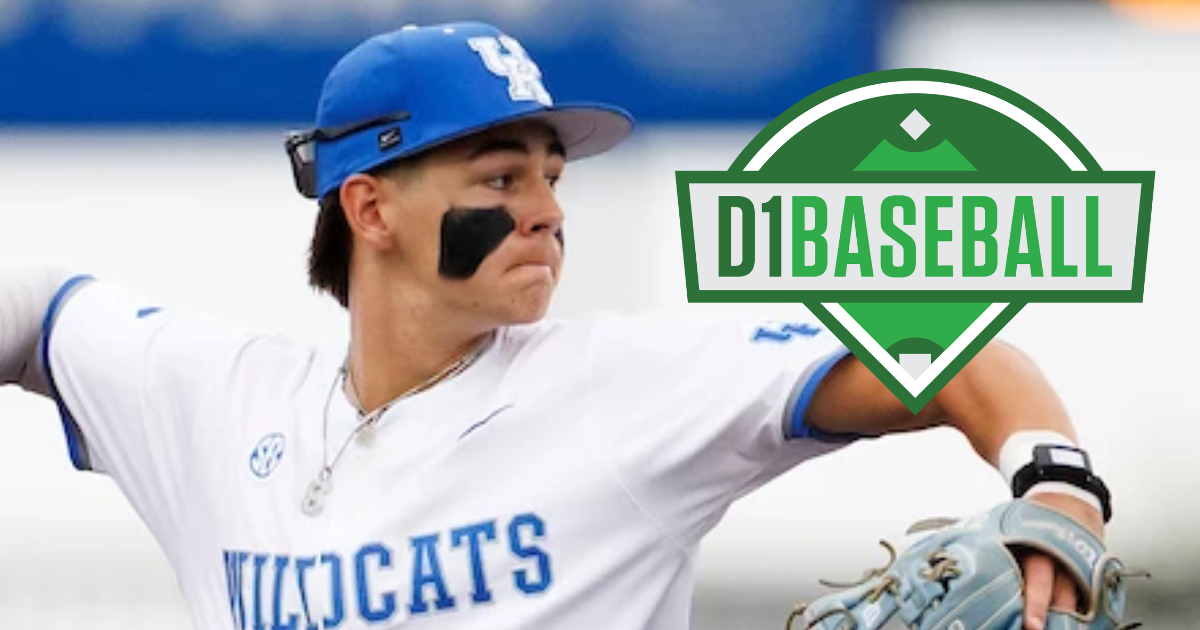
With just two weeks remaining in the 2025 regular reason, four Kentucky players were named in D1Baseball’s Week 12 Player Rankings.
Firstly, freshman shortstop Tyler Bell was ranked the highest at his position. In his first season of college baseball in the nation’s premier conference, Bell was ranked as the 17th best overall shortstop and best freshman shortstop in the country.
Bell, who has played and started in all 45 of Kentucky’s games, is hitting for a .315 batting average with 17 doubles, seven home runs and 42 RBI. He was named SEC Freshman of the Week earlier in the season and hit the second most doubles by a freshman in the country. He made a risky decision by bypassing Major League Baseball to play two seasons at Kentucky, but he is surely making the most of it and is likely increasing his draft stock for the 2026 Draft by the game.
Next, Kentucky had two of its three starting pitchers named among the top 60 starters in the country. Sophomore left-hander Ben Cleaver was ranked at No. 32 and senior right-hander Nic McCay was ranked at No. 59. Kentucky’s Saturday and Sunday starters have excelled this season, boasting a combined 3.49 ERA in 123 2/3 innings of work this season.
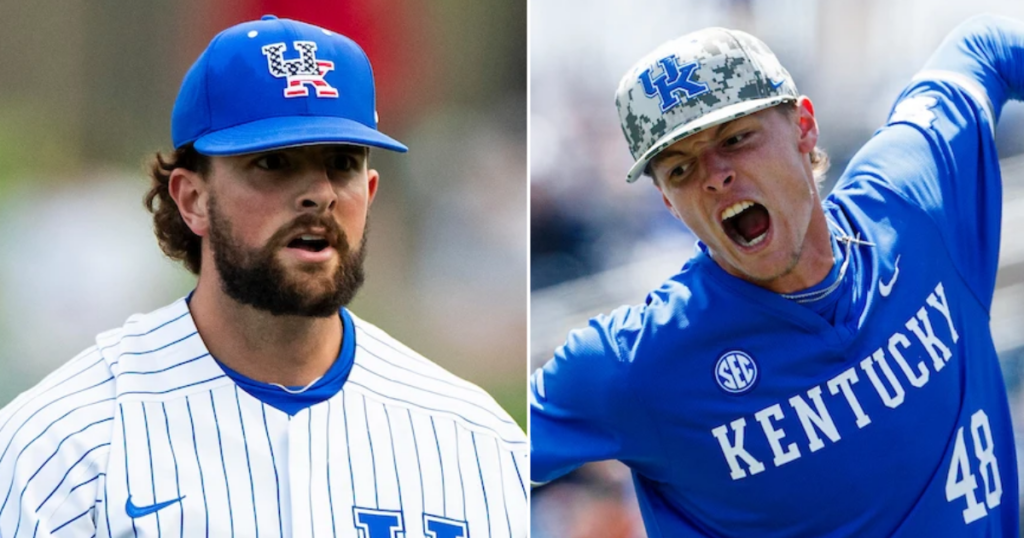
McCay turned in one of the best starts in Kentucky Baseball history earlier this season, as held No. 4 Tennessee to two hits and no runs with 12 strikeouts in 7 2/3 innings. He was named SEC Pitcher of the Week for his efforts, becoming just the seventh in the Mingione era to win the Award.
Cleaver was stellar this season as well, as his 3.46 ERA ranks 10th in the SEC. He took the sophomore leap in his second season of college baseball and became an extremely reliable start for his team, as the ‘Cats have won in seven of his 12 starts.
Finally, senior outfielder Cole Hage was ranked as the 40th best outfielder in all of college baseball. Although his best play may have come earlier in the season, Hage is still hitting for a .314 average with a team-leading 10 home runs and 33 RBI. Hage, who transferred from Columbia for his final season of eligibility, has been Kentucky’s most effective Transfer Portal pickup.
These four players will be back in action in a must-win series against No. 17 Oklahoma this weekend. First pitch for Friday’s series opener is scheduled for 6:30 p.m. EST at Kentucky Proud Park.
NIL
Judge Claudia Wilken Approves NCAA’s $2.78 Billion House Settlement, Colleges Can Begin Revenue Sharing with Athletes July 1
The NCAA House Settlement has been officially approved. Following multiple delays and revisions, Judge Claudia Wilken approved the NCAA’s $2.78 billion House Settlement on Friday, meaning colleges will be able to engage in revenue sharing directly with players beginning on July 1. Roster limits in many sports will change, some reduced, some increased, but the NCAA […]
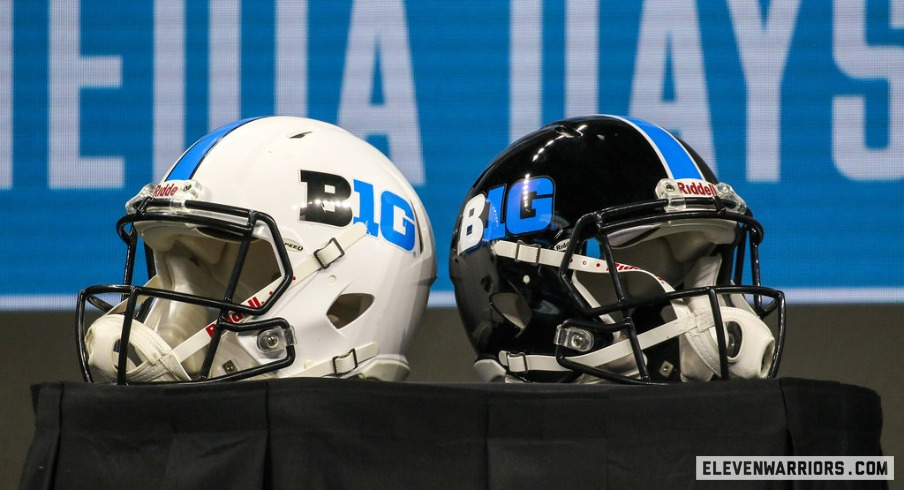
The NCAA House Settlement has been officially approved.
Following multiple delays and revisions, Judge Claudia Wilken approved the NCAA’s $2.78 billion House Settlement on Friday, meaning colleges will be able to engage in revenue sharing directly with players beginning on July 1. Roster limits in many sports will change, some reduced, some increased, but the NCAA agreed to grandfather in athletes who would have been impacted this year as part of a compromise.
The model created by the settlement will permit schools – though it won’t require them – to share revenue with athletes up to a cap equivalent to 22% of the average revenue for power conference schools.
Per On3’s Pete Nakos, schools will be operating with roughly a $20.5 million revenue share salary cap in year one, between $13 to $16 million of which will go to football. Schools may try to work around the cap with traditional NIL deals, though as part of the settlement, all NIL deals larger than $600 must be approved by the NIL Clearinghouse run by Deloitte. As always, billable hours will remain undefeated in the future.
The $2.78 billion will be distributed to former college athletes to resolve a trio of antitrust lawsuits against the NCAA. The NCAA will pay $1.2 million from its reserves while the rest of the settlement will be funded by a reduction in distributions to its Division I members over the next 10 years. Power Five conferences and the NCAA approved the settlement terms on May 23 and had waited on official approval for a few weeks.
NIL
Feasibility of UNCW sports and entertainment arena under review, NIL lawsuit a factor
Trask Coliseum. (Port City Daily/file photo) WILMINGTON — UNCW is in the early stages of developing a new basketball arena and potential concert venue, a step-up for a team increasingly gaining more recognition on the national level. READ MORE: In its infancy, UNCW NIL program is providing athletes money but also real-life work experience Last fall, […]
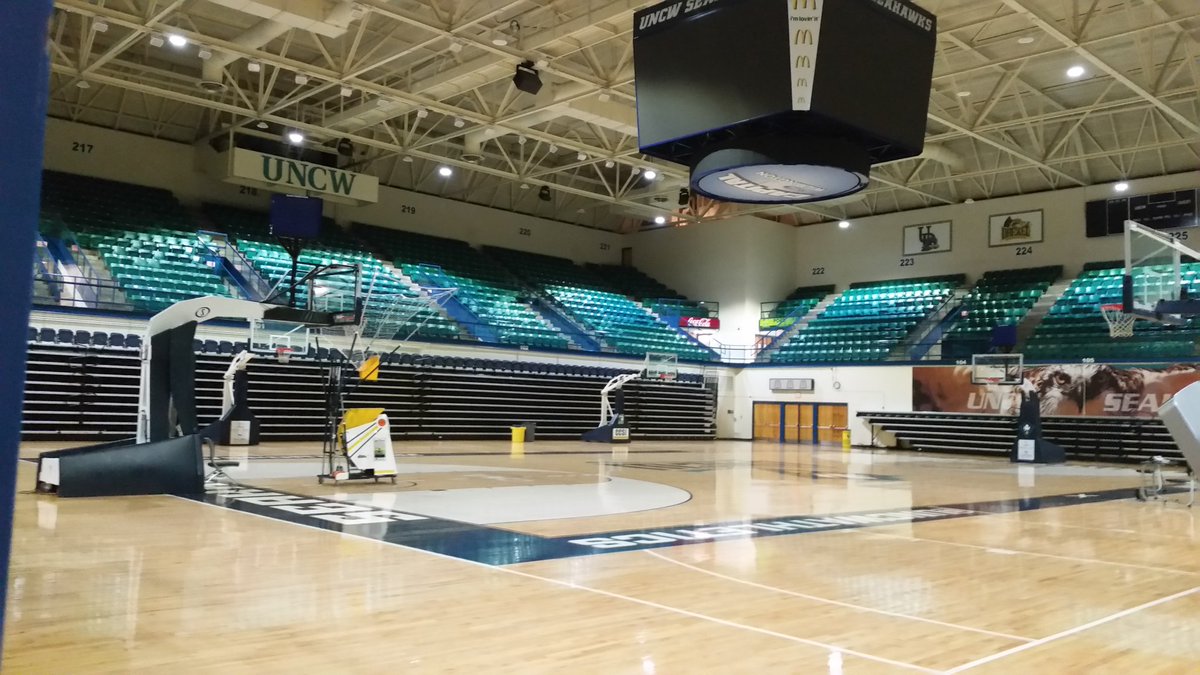

WILMINGTON — UNCW is in the early stages of developing a new basketball arena and potential concert venue, a step-up for a team increasingly gaining more recognition on the national level.
READ MORE: In its infancy, UNCW NIL program is providing athletes money but also real-life work experience
Last fall, UNCW Athletics launched a feasibility study into upgrading Trask Coliseum, either through renovation or a new replacement stadium. The UNCW Board of Trustees approved either option as part of the university’s new 10-year master plan in August 2024.
UNCW hired Conventions, Sports & Leisure Internationl to conduct the study — the evaluation of a new tennis is also included in the scope of work — and provide a report of its funding; the contract is for $90,000.
UNCW’s men’s and women’s basketball teams compete in Trask, built in 1977, only six years after the opening of the college’s oldest dorm Galloway Hall, which was torn down last year.
The most recent improvements to the 5,200-seat venue have been a $2-million renovation in 2011, which included the installation of a video board and LED courtside boards; new LED lighting was installed in 2013. Though structurally sound, the building remains dated, UNCW Athletics Director Mike Oblinger told Port City Daily in an interview on May 30.
“Some of the amenities that other buildings, newer buildings, enjoy — we just don’t have that capability,” Oblinger said. “Mostly it’s around the fan amenities. It’s concessions, it’s food quality; we don’t really have a true area for fans to buy gear and team-shop and things like that.”
Oblinger noted Trask doesn’t offer premium seating options either, such as suites or club seats that offer an enhanced viewing experience for a higher ticket price. As the teams gain more acclaim — the men’s basketball team made it to the first round of this year’s NCAA championship, where it lost to Texas Tech — these coliseum enhancements are aimed at further enriching the fan experience.
The vision for UNCW’s new arena aims to be similar to other NCAA Division I schools in the UNC System, such as UNC Chapel Hill’s Dean. E Smith Center (opened in 1986) and N.C. State’s Lenovo Center (opened in 1999). Both offer multiple concession and merchandise areas surrounding the court, along with other food vendor stands dispersed throughout. The Lenovo Center is also home to the Carolina Hurricanes ice hockey team and regularly books A-list music artists, including Beyonce, Taylor Swift and Post Malone.
CSL is exploring hosting concerts at the new arena, as Trask has done in the past. It has hosted Frank Sinatra, The Righteous Brothers, Darius Rucker and the Goo Goo Dolls.
Oblinger said the team has not decided yet on a new build or renovation, which would displace the teams. Any new structure would have to fall in the general vicinity of Trask’s current 15,000-square-feet footprint at the front of campus.
In fact, UNCW hasn’t decided if it’s moving forward with a new arena at all. Oblinger said a lot of financial decisions, not just at UNCW but across NCAA athletics, are riding on what’s called “the House decision.”
Grant House and Sedona Prince v. National Collegiate Athletic Association, et al is a class action lawsuit against the NCAA and five athletic conferences. Two student athletes sought name, image, and likeness (NIL) damages and an injunction to force the NCAA and affiliated athletic conferences to lift restrictions on revenue-sharing from broadcast rights.
The NCAA voted to settle the lawsuit for $2.75 billion in May 2024 and agreed to a revenue-sharing model, allowing member institutions to distribute up to $20 million to Division I athletes that have played since 2016. It would also allow direct payments from schools to athletes and increasing regulation of NIL deals.
The settlement is an attempt to level the playing field four years after NIL compensation was legalized, meaning student athletes can now make brand deals and get paid. The settlement will curtail high-profile programs from outspending opponents in attempts to attract players and likely reduce the amount of money athletes can earn, particularly from collectives organized by school booster clubs.
Judge Claudia Wilken is expected to rule on validating the settlement any day now. It is supposed to take effect July 1.
“I think if you talk to my peers throughout the country, a variety of facility projects would either be put on hold or paused or eliminated altogether because of the revenue-sharing potential that the House settlement might bring,” Oblinger said.
If approved, athletes will essentially be able to take a cut of the money that comes in from media rights deals, sponsorships and revenue generated from tickets, food and merchandise sold at sports arenas.
“If we’re going to continue on and do a renovation of a building, well, then, that can’t be at the detriment of not having the ability to compete with NIL in that space,” Oblinger said.
In the meantime, CSL and UNCW have sent out a survey to college alumni, season ticket holders and others in the UNCW Athletics database to gauge what they would like to see in a new arena.
Oblinger said they are still reviewing feedback from the survey now and didn’t give many details about it last week. Oblinger did share overall there were positive responses, with everyone in agreement that an update to the coliseum should be made.
Reach journalist Brenna Flanagan at brenna@localdailymedia.com.
Want to read more from PCD? Subscribe now and then sign up for our newsletter, Wilmington Wire, and get the headlines delivered to your inbox every morning.
NIL
Federal judge approves $2.8B settlement, paving way for US colleges to pay athletes millions
What the settlement does not solve is the threat of further litigation. Though this deal brings some uniformity to the rules, states still have separate laws regarding how NIL can be doled out, which could lead to legal challenges. Baker has been consistent in pushing for federal legislation that would put college sports under one […]
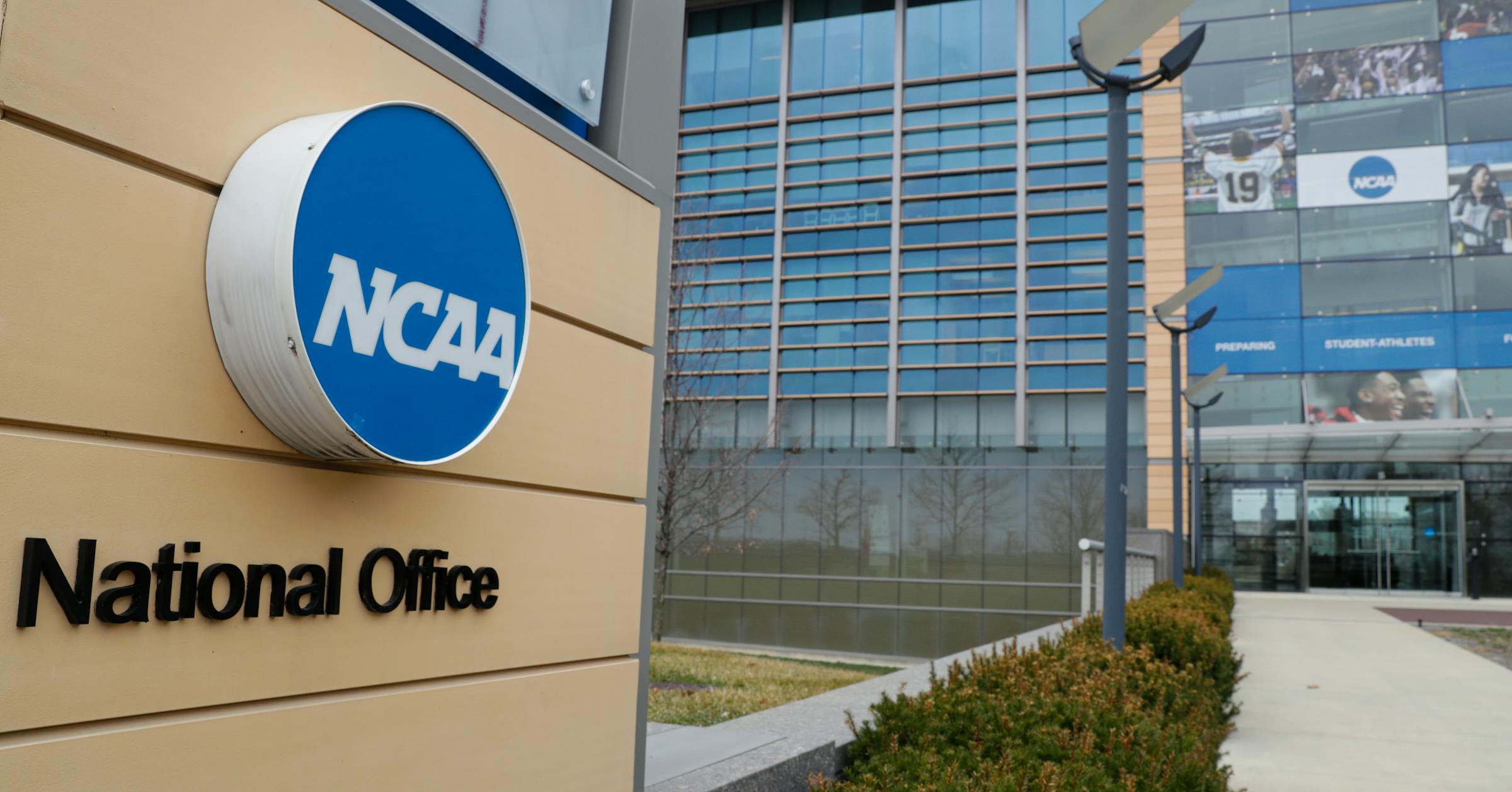
What the settlement does not solve is the threat of further litigation.
Though this deal brings some uniformity to the rules, states still have separate laws regarding how NIL can be doled out, which could lead to legal challenges. Baker has been consistent in pushing for federal legislation that would put college sports under one rulebook and, if he has his way, provide some form of antitrust protection to prevent the new model from being disrupted again.
AP college sports: https://apnews.com/hub/college-sports
NIL
The House v. NCAA settlement is officially approved. What does it mean for Duke and college sports?
Judge Claudia Wilken has finalized the consequential settlement that will fundamentally change college sports. More than a year after the two sides in the House v. NCAA case voted to settle, Wilken approved the revised terms Friday evening. Schools will be able to directly pay players from their athletic department budgets for the 2025-26 school […]
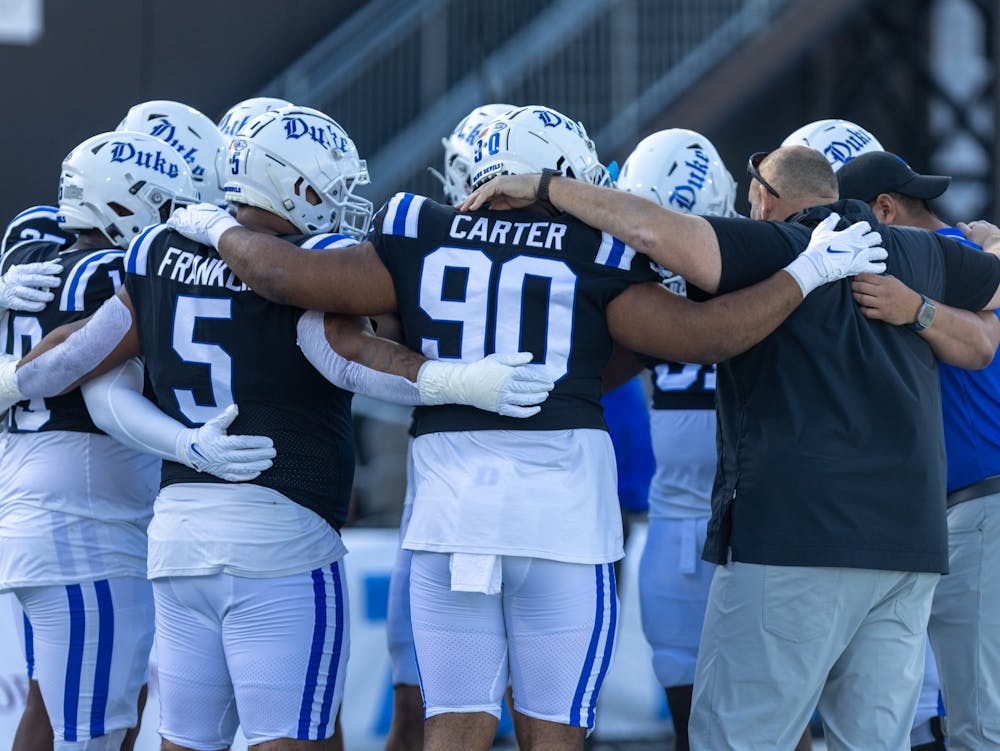
Judge Claudia Wilken has finalized the consequential settlement that will fundamentally change college sports.
More than a year after the two sides in the House v. NCAA case voted to settle, Wilken approved the revised terms Friday evening. Schools will be able to directly pay players from their athletic department budgets for the 2025-26 school year, also known as revenue sharing.
Ever since student-athletes began profiting off their name, image and likeness (NIL) in 2021, the sport has faced a roller coaster of litigation and uncertainty. NIL money has already transformed college sports, and this approval further revolutionizes the relationship between athletes and schools. Athletes can now earn financial benefits for their performance in three ways: scholarships, NIL deals and revenue sharing.
Duke athletics did not immediately respond to The Chronicle’s request for comment on the settlement.
House v. NCAA settlement details
The settlement resolves three antitrust cases against the NCAA. Former Duke football captain DeWayne Carter is one of three plaintiffs in Carter v. NCAA, and former Arizona State swimmer Grant House is the namesake plaintiff in the main case.
The athletes argued that the NCAA, through control of TV markets and NIL, was illegally limiting their true playing value, which they said was more than scholarships and education funding. The NCAA and power conferences — ACC, SEC, Big Ten, Big 12 and Pac 12 — settled with the plaintiffs in May 2024.
The two main parts of the settlement are payments to past players and a framework for paying those of the future. More than 88,000 former student-athletes have filed claims for the back-pay portion of the case, with $2.8 billion from the NCAA and power conferences intended to compensate players from 2016-21 who were not able to profit off of their name, image and likeness.
The second and more consequential part of the settlement, revenue sharing, allows schools to use their athletic department budgets to directly pay players. Currently, schools can only work with collectives, independent booster-funded organizations that raise money from the respective team’s fans and corporations. Collective money pays players, not the schools.
But now that the settlement is officially approved, schools can use up to roughly $20.5 million of their TV revenue, ticket sales and merchandise, among other things, to directly pay student-athletes. That number is equivalent to 22% of the average power conference school’s athletic department revenue. It will also increase over the next 10 years and will likely eclipse $30 million by the 2034-35 season. For Duke’s last reported athletics year of 2023-24, the total revenue figure was $166.8 million, the 28th-highest in the nation.
A good comparison to understand revenue sharing is professional sports leagues’ salary cap. For instance, the NBA’s salary cap in the 2024-25 season was roughly $140.6 million. It bars teams from spending over this amount (although in the NBA, teams can pay luxury taxes and have exceptions to work around the figure). The revenue-sharing structure will be in the same format; teams get the roughly $20.5 million amount to pay out, but they are limited to that cap, and can choose to pay the full amount or less.
“I think that all we’re looking for is consistency, and not [the guidance] changing every week, or every two weeks, or every month,” said Terrell Smith, Duke’s assistant director of athletics and NIL strategy, prior to the approval. “We will know … how we need to operate, at least for the next year.”
He underscored the stability the case provides and the importance of guidance, because at the end of the day, the majority of the athletic departments are trying to play by the rules and navigate the ever-changing landscape.
“You have to play the card that you were dealt,” Smith said. “But if after every time you put a card down, you’ve got to reshuffle the deck and play again, it’s like the game is never over.”
Athletic departments will face tough conversations around how to fund their vast array of varsity sports, especially the “non-revenue sports,” those excluding football and basketball. In the latest Equity in Athletics Disclosure Act report, more than 70% of Duke’s athletic department revenues came from football and men’s basketball in the 2023-24 season.
New enforcement agency: The College Sports Commission
In a significant change, the NCAA will no longer have enforcement power on the rules of the settlement. A new College Sports Commission (CSC) will be the final arbitrator to enforce the salary cap-esque structure from revenue sharing to ensure that schools don’t exceed their allocated budgets to directly pay players. They will help LBi Software, a New York technology company, to ensure compliance with revenue sharing cap and also have the power to “impose such fines, penalties or other sanctions as appropriate” on schools who break the rules.
The CSC will be headed by a CEO chosen by power conference commissioners. MLB executive Bryan Seeley was hired Friday night for the position due to his investigative and legal experience. Power conference commissions will make up a board that Seeley will report to. The NCAA will still address issues surrounding academics and eligibility, but the CEO will largely handle the terms of the settlement.
Ed Tiryakian, a lecturing fellow of markets and management studies at Duke and a former agent of Blue Devil men’s basketball legend Christian Laettner, believes that the new enforcement mechanism is “great on paper” but “tough in person.” That said, fresh, business-oriented leadership could be a positive step in the innovation of college sports.
“I think the sea change that I hope happens [is] that the commission says business first, framework second,” Tiryakian said. “I think a commission says, ‘Let’s have a business development person on our commission … How do we monetize [college sports], but let’s put the rules in place that makes everyone happy.’”
Get The Chronicle straight to your inbox
Sign up for our weekly newsletter. Cancel at any time.
Roster limits
The biggest point of contention between Wilken and approving the settlement on the final hearing date in April was roster limits. The settlement removes scholarship limits to give the NCAA more antitrust protection and pave the way for revenue sharing. The replacement is roster limits, so big schools can’t theoretically hoard talent with immense NIL and revenue sharing sums. Schools can give as many or as few scholarships as they want, but they can’t hold more than a certain amount on a roster (105 for football, 15 for basketball, 34 for baseball, 25 for softball). This link includes the full list of roster limits.
However, Wilken was concerned about current student-athletes who might have their spots removed with roster limits. She proposed “grandfathering in” the roster limits to protect current athletes. The conferences and attorneys took her suggestion and came back with a revised settlement proposal, which says that athletes who were on a 2024-25 roster and high school recruits committed for the 2025-26 season do not count towards a school’s roster limits through their eligibility expiration.
As part of the compromise, schools are not forced to retain these players they already cut in anticipation of the settlement, but these athletes can transfer, maintain eligibility and not count towards a roster spot on any team.
NIL deals, Deloitte and collectives
Another part of the settlement is regulation on NIL deals. Some NIL deals — like Cooper Flagg’s with Gatorade — are direct sponsorship deals with companies. Others are with the school’s collectives, the booster-funded independent organizations that raise money from fans and alumni, and they connect student-athletes with NIL opportunities. The collectives typically partner with local businesses to facilitate player event appearances and social media posts.
Duke’s main collective is the Durham Devils Club, providing NIL deals for a vast array of Blue Devil athletes. Absent from this list is basketball, which earns funding from the “One Vision Futures Fund,” a low-profile non-profit started by Duke alums Jeff Fox, Dan Levitan and Steve Duncker.
NIL deals will still occur and will not be capped, unlike revenue sharing. But in hopes for further transparency, the settlement requires any NIL deal past $600 to be fully disclosed.
Accounting firm Deloitte and the College Sports Commission CEO will operate “NIL Go,” a clearinghouse to ensure NIL deals over $600 are of “market value,” so they don’t extend beyond what the player actually brings to the team. Although the process is not entirely finalized, Deloitte will look at a database of comparable past NIL deals to define what is market value. They will also make sure the payor has a valid business purpose for the deal.
These will mostly affect player deals with boosters and collectives. If Deloitte rejects a deal, players have a chance to resubmit it with the suggested modifications. If a deal is rejected a second time, the CSC, CEO and a court process will assess the deal’s validity.
It’s important to note that no NIL deal is supposed to be “pay for play,” meaning there should be some scope of work for the athlete outside of playing — whether it be social media posts, community service, event appearances or speaking engagements.
Josh Cox, director of operations for the Durham Devils Club, says this new regulation model is a positive step, but worries about its application due to the sheer number of deals coming in and because market value is tough to define for any individual athlete.
“In theory, I love it. In practicality, I think it’s going to be virtually impossible to do it properly,” Cox said. “I do believe that it’s beneficial. I do believe that it is a way to curb a little bit of this inflation that’s been going on for the last two years.”
Where do things go from here?
The terms of the settlement begin July 1, and with the approval, college athletes will receive money for the 2025-26 season. A completely new dimension to college sports is on the horizon. Schools have a choice whether to opt in or opt out to the settlement, and many smaller conference teams may choose to not use revenue sharing.
There will likely be further litigation on both revenue sharing and the legality of the Deloitte NIL clearinghouse. Additionally, there are increasing questions about the role revenue sharing plays within Title IX, a 1972 law preventing sex-based discrimination in education programs.
The settlement approval doesn’t provide any guidance on how schools should distribute revenue sharing funds in accordance with Title IX, arguing this is an antitrust suit. It states that there is nothing in the settlement to “prevent or prohibit schools from distributing benefits and compensation … in a manner that complies with Title IX,” but also that “class members will have the right to file lawsuits arising out of those violations.”
Even with the question marks, the approval provides a welcome sense of direction for athletic departments in a field that is often ever-changing and unclear.
“There’s always time for people to be bad actors, but I’ll say 99.9% of the people are trying to do everything right,” Smith said. “We just need to know, or would like to know, what the rules are, and then we’ll play within those rules.”
At the same time, while well-resourced schools may be positioned to take on this nascent world, small conference teams still could feel left behind. Tiryakian framed it as a “major vs. minor league future,” with the power conferences maintaining the majority of high-quality talent and being able to lure in the rest via the transfer portal, leaving minor conferences akin to minor league baseball teams.
“I think we’ve entered a brave new world that’s a bit concerning for college athletics,” Tiryakian said. “I think you’re going to see a big segregation in terms of the haves and have-nots, and that’s what is worrisome to me about where we’re at in terms of the arms race. There’s just gonna be a lot of people who drop out of the arms race.”
Whatever may be coming, Smith is bullish about the future of Duke in the NIL and revenue sharing space, especially with the infrastructure already put into place.
“I really think that Duke, we always find a way when we get in the space, to make sure this is better than what anyone else is doing,” Smith said. And I think once we know the guidelines, we’ll find a way to make it the best for our student-athletes.”
Another key development is a binding agreement to the settlement that power conferences have reportedly urged their members to sign. This would force teams in each conference to comply with the settlement terms and waive their rights to sue the CSC. This would help settle any discrepancy between state NIL law and the settlement. If teams have disputes with the CSC, they would use a third-party arbitration process rather than taking the commission to court. This comes after Tennessee Gov. Bill Lee signed a bill in May protecting state schools from enforcement penalties in the settlement.
There is also talk of the need for federal intervention. In April, a host of college administrators, conference commissioners, coaches and players traveled to Capitol Hill to lobby elected officials for greater regulation on NIL. Specifically, they lobbied for standardization of NIL regulation, antitrust protection for them and the NCAA to prevent future lawsuits. A bipartisan group of U.S. senators have discussed legislation on compensation in college sports, but nothing has come to fruition.
President Donald Trump reportedly was planning to create a college sports commission, but the White House announced its pause May 22. Details of its role and scope were limited, but it planned to study the regulation of collectives, the transfer portal, the various NIL rules across states and the implications of Title IX within the new revenue sharing framework. The hope is that a growing push for legislation will help bring more clarity in college sports.
Abby DiSalvo contributed reporting.

| Audience Engagement Director
Ranjan Jindal is a Trinity senior and audience engagement director of The Chronicle’s 121st volume. He was previously sports editor for Volume 120.
NIL
MLB executive Bryan Seeley named College Sports Commission CEO after NCAA settlement approval
The newly formed agency in charge of policing rules in the remade college sports system picked Major League Baseball executive Bryan Seeley as its new CEO. The College Sports Commission announced Seeley as its new leader Friday, shortly after U.S. Judge Claudia Wilken granted final approval of the $2.8 billion House v. NCAA settlement. The […]
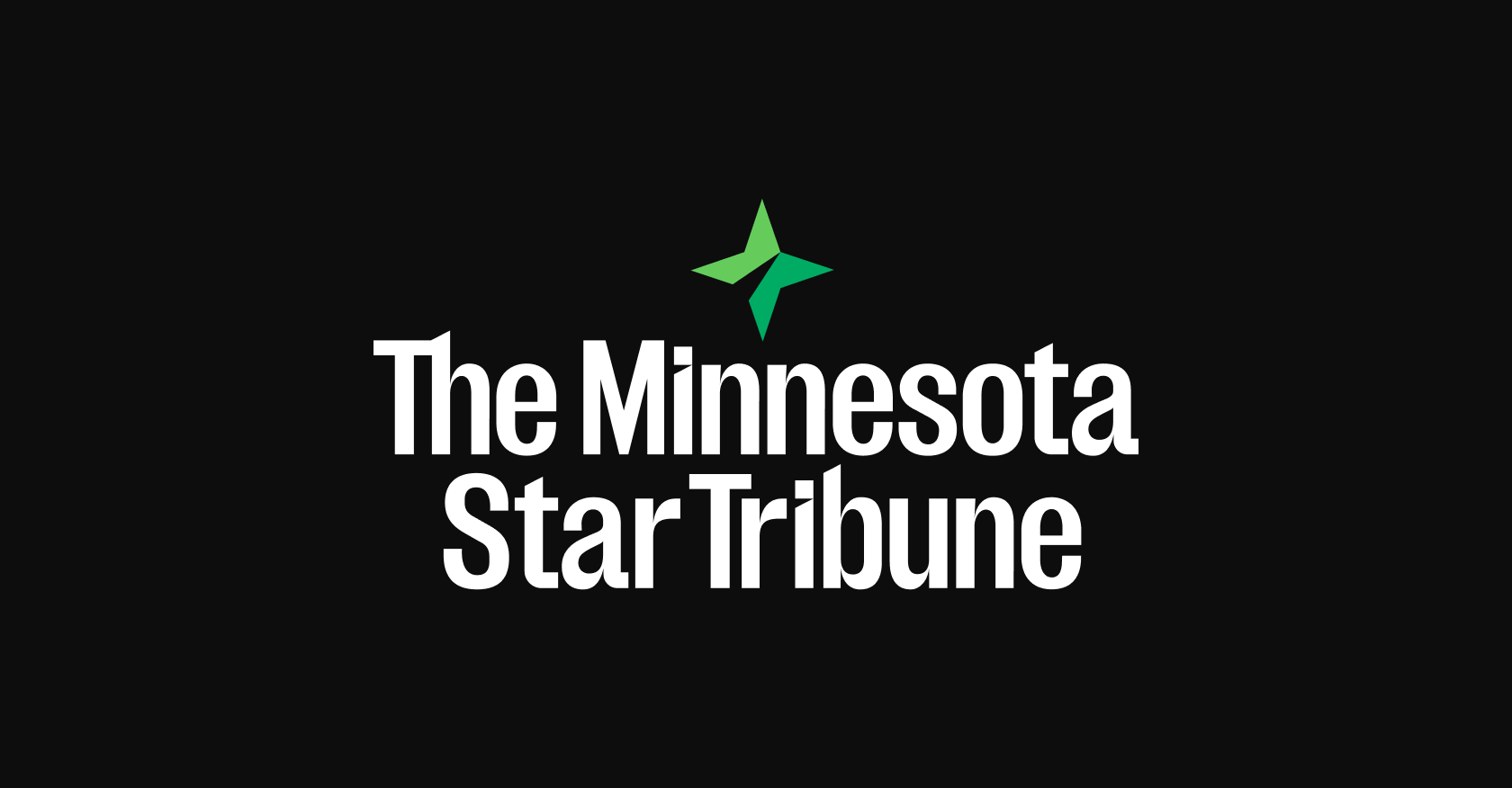
The newly formed agency in charge of policing rules in the remade college sports system picked Major League Baseball executive Bryan Seeley as its new CEO.
The College Sports Commission announced Seeley as its new leader Friday, shortly after U.S. Judge Claudia Wilken granted final approval of the $2.8 billion House v. NCAA settlement.
The settlement allows schools to directly pay players for using their name, image and likeness in endorsement deals. It also allows players to receive NIL payments from third parties.
The new commission will be in charge of making sure schools adhere to the rules, which call for a $20.5 million cap on all payments. It is also setting up a clearinghouse to evaluate third-party deals worth $600 or more.
”I look forward to implementing a system that prioritizes fairness, integrity, and opportunity, while preserving the values that make college sports unique,” Seeley said in a statement announcing his appointment. ”I am energized by the work ahead and excited to begin building out our team.”
As executive vice president of legal and operations, Seeley oversaw MLB investigations, compliance, state government relations, sports betting and other areas. He played a key role in MLB’s sign-stealing investigation into the Houston Astros in 2020.
The CSC will begin operation on July 1 when the settlement officially takes effect.
NIL
Here’s what is coming to college sports – The Daily Hoosier
College sports will never be the same. A California judge on Friday evening approved the NCAA’s landmark settlement of three antitrust cases collectively known as the “House settlement,”, ushering in a new era. “We look forward to implementing this historic settlement designed to bring stability, integrity and competitive balance to college athletics while increasing both […]

College sports will never be the same.
A California judge on Friday evening approved the NCAA’s landmark settlement of three antitrust cases collectively known as the “House settlement,”, ushering in a new era.
“We look forward to implementing this historic settlement designed to bring stability, integrity and competitive balance to college athletics while increasing both scholarship and revenue opportunities for student-athletes in all sports,” said Tony Petitti, Commissioner of the Big Ten Conference.
The key components of the settlement have been well understood for months, and schools like Indiana have been preparing for this day.
Here are the underpinnings of the settlement:
— Athletes will be paid directly by the schools. Each school is permitted but not required to share up to a defined amount of revenue annually with their athletes. Per the settlement agreement, the cap is computed by taking 22% of the average of certain defined power school revenues, including ticket sales, television money and sponsorships.
In year one of the settlement — July 2025 through June 2026 — the cap amount is projected to be $20.5 million. That amount will increase in subsequent years. Schools can allocate those funds across specific sports and athletes as they desire. Most schools are planning to allocate the vast majority to the top revenue-producing sports — football and men’s basketball.
Athletes can still get NIL deals with third-parties above and beyond this school-funded revenue sharing.
— A new enforcement entity, the College Sports Commission, will be operated mostly by the power conferences, and immediately takes effect. Any new contract between an athlete and a third-party entity, such as a business, booster or collective, is now subject to a new Deloitte-run NIL clearinghouse.
The clearinghouse, called “NIL Go,” will evaluate NIL deals between athletes and third parties to determine if they are legitimate arms-length arrangements. Contracts signed before the settlement approval and paid out before July 1 were not subject to the clearinghouse.
— All sports will have roster limits rather than scholarship limits. Football’s roster limit will be 105 players. Men’s and women’s basketball will be 15. While most schools exceed those limits now when including walk-ons, current athletes are grandfathered in.
Under this new model, schools will have the option to offer partial or full scholarships to every student-athlete on a team’s roster, as long as the total number of student athletes stays within the sport’s specific roster limit. If schools choose to create new scholarships beyond the historic scholarship limits, that cost is expected to count against the revenue-sharing cap, at least in the short-term.
— The House settlement will pay thousands of former athletes (who played from 2016-2024) $2.8 billion in backpay from lost name, image and likeness (NIL) compensation.
The Daily Hoosier –“Where Indiana fans assemble when they’re not at Assembly”
Related
-

 College Sports3 weeks ago
College Sports3 weeks agoPortal Update – Basketball and Gymnastics Take Hits
-

 College Sports3 weeks ago
College Sports3 weeks agoPortal Update – Basketball and Gymnastics Take Hits
-

 Professional Sports2 weeks ago
Professional Sports2 weeks agoJon Jones answers UFC retirement speculation as fans accuse champion of 'holding the belt …
-

 Health3 weeks ago
Health3 weeks agoBYU women's basketball guard injures ACL twice
-

 NIL2 weeks ago
NIL2 weeks ago2025 NCAA Softball Tournament Bracket: Women’s College World Series bracket, schedule set
-

 Youtube2 weeks ago
Youtube2 weeks agoXavier Legette taught Marty Smith his signature celly
-

 High School Sports2 weeks ago
High School Sports2 weeks agoToday in the MHSAA
-

 College Sports3 weeks ago
College Sports3 weeks agoIU basketball recruiting
-

 Motorsports2 weeks ago
Motorsports2 weeks agoWhy IHOP Rode With Dale Earnhardt Jr. In Amazon NASCAR Debut
-

 College Sports3 weeks ago
College Sports3 weeks agoNCDC Commitment Profiles: Cyclones’ Martins Moving On to Saint Anselm College • USPHL

















 | #Shorts
| #Shorts

















